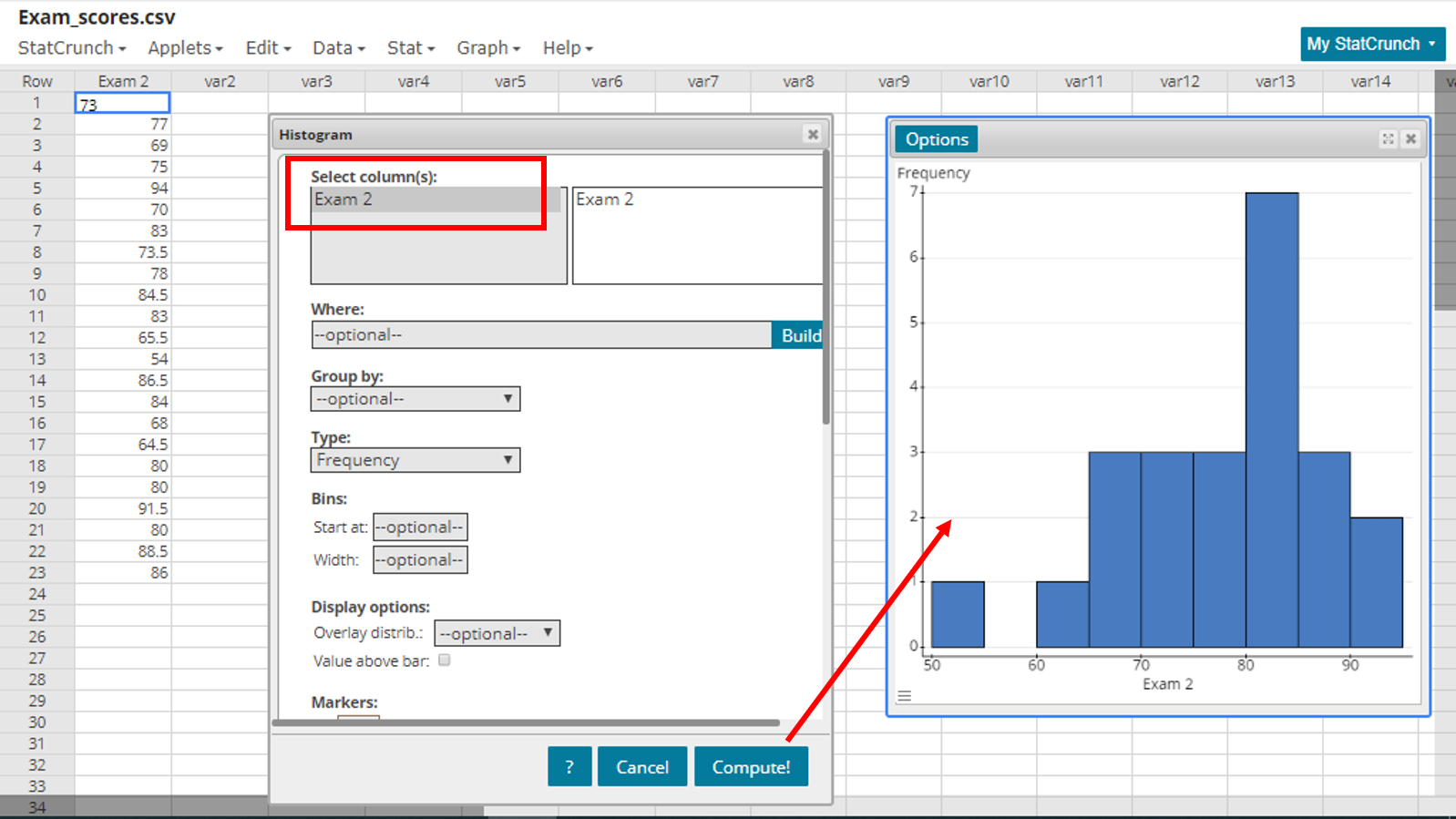
The last value will always be equal to the total for all observations since all frequencies will already have been added to the previous total. For quantitative data, we use a histogram instead of a bar chart. The cumulative frequency is calculated by adding each frequency from a frequency distribution table to the sum of its predecessors. The graphs we use for quantitative data are different.
Relative frequency histogram maker table update#
Please update your bookmarks accordingly. For example, if we have a vector x for which we want to create a histogram with relative. For this purpose, we can use PlotRelativeFrequency function of HistogramTools package along with hist function to generate histogram. Click here to view We have moved all content for this concept to for better organization. The relative frequency histogram can be created for the column of an R data frame or a vector that contains discrete data.

We have a new and improved read on this topic. Click Create Assignment to assign this modality to your LMS.
Relative frequency histogram maker table how to#
For example:į: 5 10 15 How to enter a grouped data?Grouped data are data formed by aggregating individual data into groups so that a frequency distribution of these groups serves as a convenient means of summarizing or analyzing the data.į: 5 10 15 How to enter data as a cumulative frequency table?Similar to a frequency table, but instead f: type cf: in the second line. Learn to use frequency tables and histograms to display data. Each element must have a defined frequency that count of numbers before and after symbol f: must be equal.

First-type data elements (separated by spaces or commas, etc.), then type f: and further write frequency of each data item. histogram for each data set: You can find several histograms makers on.

How to enter data as a frequency table?Simple. This histogram does not use density scaling and gives bar heights that equal the count of values in each class. And that is going to be our relative frequency and frequency tables right here.


 0 kommentar(er)
0 kommentar(er)
